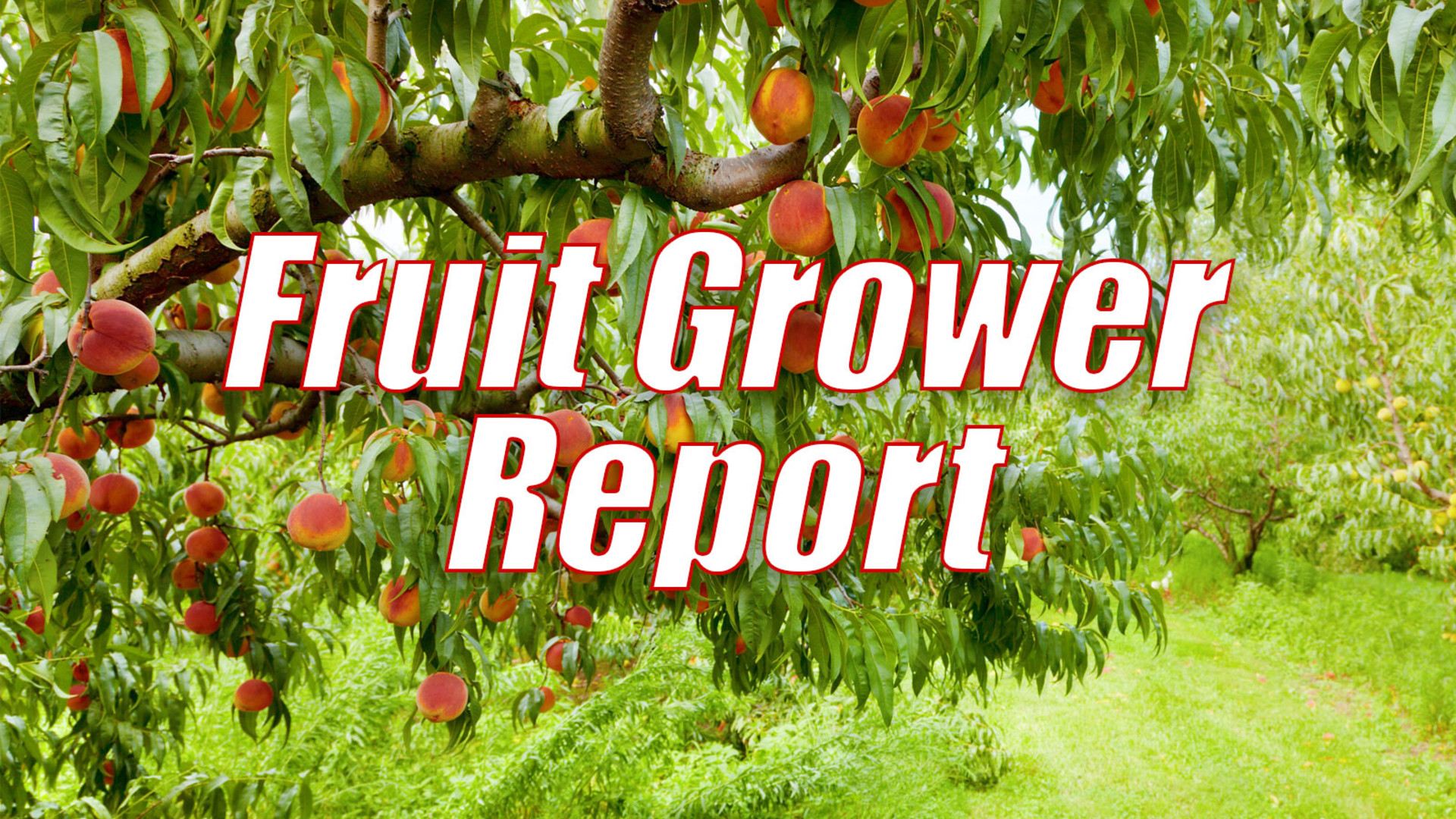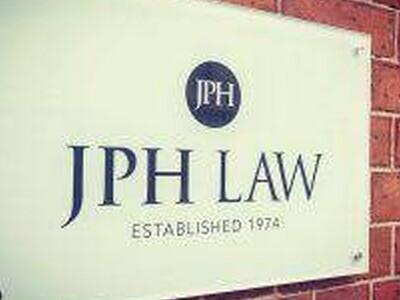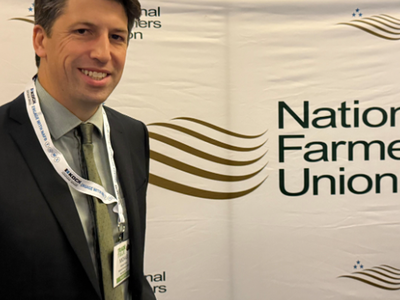Native Wild Yeast Risky and Wonderful in Wine
Native species, native plants, native wild yeast.... risky for winemakers but magic in the bottle. I'm Susan Allen Welcome to the Fruit Grower Report on Vine to Wine Wednesday. Most wine is made by fermenting grapes with selected yeast, allowing winemakers to control flavors. Wild yeasts grow naturally on grapes, and a few Northwest wineries are using wild yeast meaning they don't add yeast during Fermentation. Flint Nelson, winemaker at Kestrel Vintners in Prosser, Wash touts the benefits:"I have discovered that the wines wild yeasts create are richer and more complex," said believes that I have discovered that the wines wild yeasts create are richer and more complex.
He has been making smaller batches of wild yeast wines, but he says it can be risky:
NELSON: A wild yeast may not be able to get a ferment to go dry, and they may have off flavors. It's kind of chance that you are taking. You never know exactly what you are going to get when you use a yeast that is living on the grapes or from the soil or wherever. NELSON: Often you can get some really unusual and interesting flavor, and that's why people do it. Kind of the benefit outweighs the risk. We do a wild yeast Chardonnay which is in our winemaker's tier, so it's a little higher tier at $40 a bottle. It's special. We don't make a lot of it, and it usually has just a little more complexity and interest than just your standard chardonnay.
In the end I had to wonder if this traditional process was more complex:
NELSON: You just naturally let it happen. So you are going to press the grapes into the barrels, and you just don't do anything. Leave them alone.
And if nature "smiles" you end up with a wine that is richer and more complex.

















